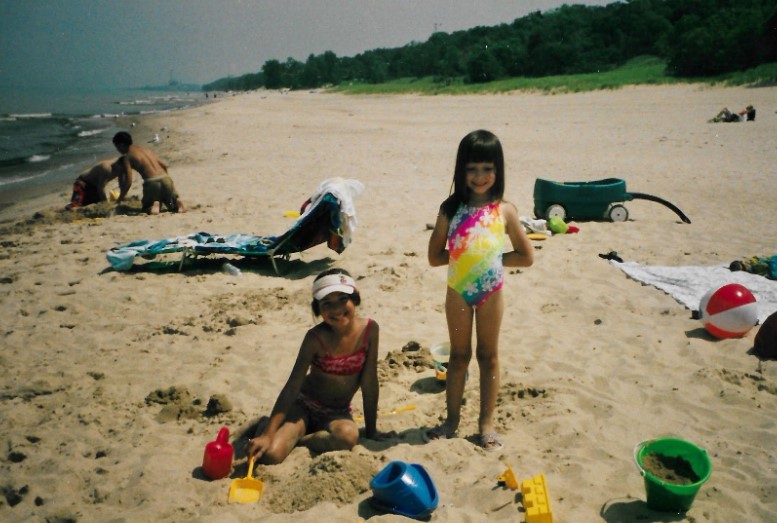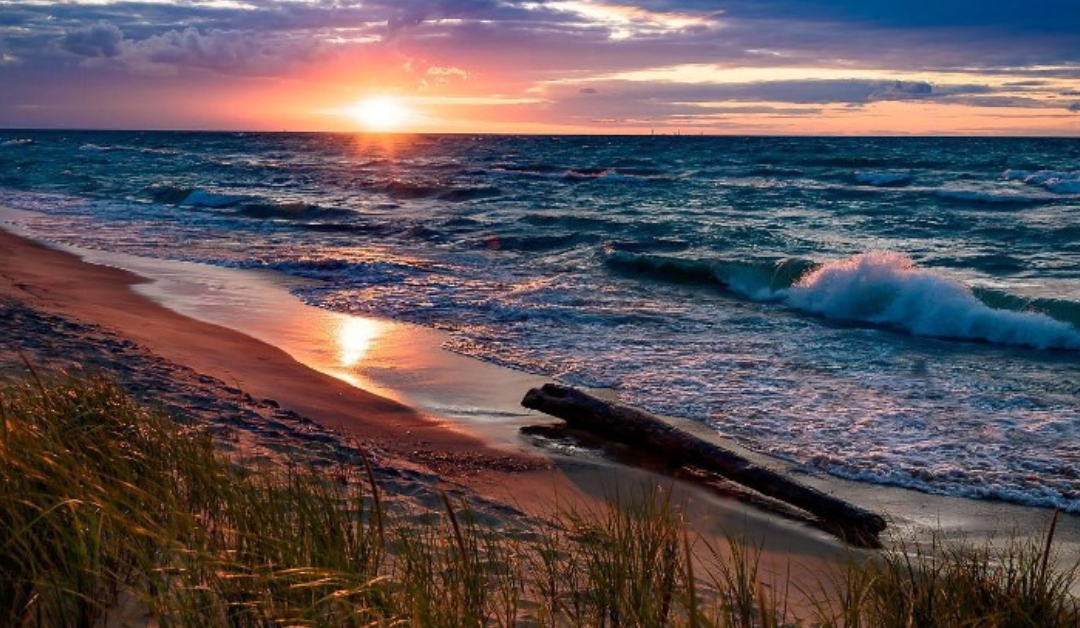While the picturesque places far away are frequently heralded as the most important in conservation, the places nearby are often what sustains us. In this story, Kasandra shares about the everyday places that have been a source of solace for her and how those have shifted through life circumstances.
At first, it was our backyard, where the sunshine met the swingset. I gripped the metal once, only to find a wasp that stung. After that, I learned to look before I touched when I was outside. Gradually, it became the sidewalk in the front yard. When I played in the back the boys across the alley would shout at me, making fun of my pigeon-toed gait that ballet hadn’t yet fixed.
The front was different. I was warned about safety and only allowed to ride my bike 3 houses down. I would ride slowly, so I could snake around the cracks in the sidewalk that made it harder to bike past house 3 anyway, even if my mom wasn’t looking. Maybe that’s why biking in a straight line is hard for me now. Why I’m afraid of biking in the city.
As we grew, we started to visit places – both far away and nearby. Sometimes there would be a field trip to a park. My mom took our girl scout troop to the nature preserve a few times. I remember following the naturalist’s footsteps and looking at what she pointed out with curiosity. If we were lucky, we’d go on a short drive to the beach. A few times we’d visit family in Texas – the beaches were much different than those of Indiana. The ground at my grandpa’s had less grass, more sand, and more things that poked than what I was used to at home.

At some point, we moved to a town not too far away. The people were different there though, and it was cool to go to the beach. At first, I only went with friends who wanted to sunbathe or climb the dunes. As a teenager learning how to navigate depression, I learned that nothing softened the voices inside my head quite like the sound of waves hitting the shoreline. As I sat I noticed how the sand felt under my fingertips, how it looked in the distance coming up against the water. Many times I’d visit the lake and look at the Chicago skyline in front of me or the stars up above. I’d often stare at the cottonwoods trembling in the wind behind me, the marram grass along the dune ridges, and the smokestacks from the steel mills in the distance.
I’ve been searching for the comfort I felt at the Dunes ever since I left home. During my time as an undergrad student I felt lost in the people and experiences around me, it was hard to go outside beyond sitting on a friend’s porch or reading in the campus arboretum. As part of a class in grad school, I visited a wetland that I returned to over and over again because the sound of the frogs gave me peace. I found solace in connecting with plants whose names I learned over the years – and when the sun shined on my baseball cap as I walked the boardwalk.
I’m better at finding those spaces now, the ones that help me feel grounded in myself and my community. It only took me four months when I moved to D.C. to find a place that gave me the plants, sky, and sound of water I need to keep visiting. Of course, the skies aren’t so starry and the streets aren’t so quiet, and perhaps no space will ever be as soothing to me as the Indiana Dunes – but I can always go home.
Kasandra Richardson (she/her) is a queer, mixed-race Chicana, environmental and reproductive justice advocate, and amateur botanist. She works as the Equity and Justice Communications Manager at National Wildlife Federation. (email: richardsonk@nwf.org)

